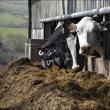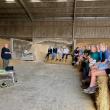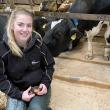The transition from parlour to robots was a big change to our business but it was reassuring to have Eoghan Mullery from Advanced Robot on board to push us and really maximise margin.
Newsroom
-
October 13, 2025
-
September 16, 2025
-
August 18, 2025




